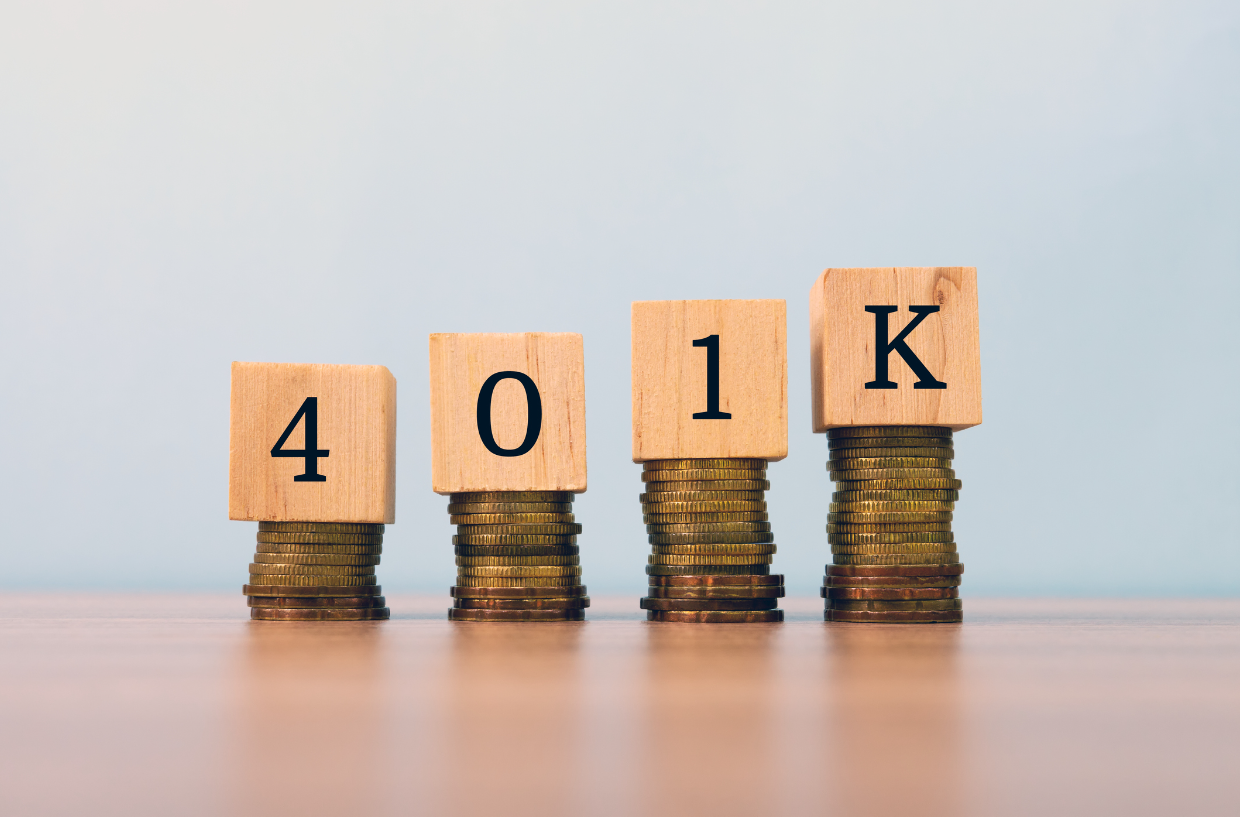Plan design
Understanding the Different Plan Types

Defined Contribution Plan
This retirement plan type allows the employee and/or the employer contribute to the individual account under the plan. The account balance is made up of contributions and investment gains or losses, minus any investment and administrative fees. Examples of DC plans include 401(k), 403(b), employee stock ownership plans and profit-sharing plans.

Defined Benefit Plan
Also known as a traditional pension plan, this plan promises a participant a specified monthly benefit at retirement. Often, the benefit is based on factors such as the participants salary, age and number of years he/she worked for the employer. Most commonly, the plan may calculate a benefit through a plan formula considering factors such as salary and service.

Cash Balance Plan
This is a type of defined benefit plan that includes some elements that are similar to a defined contribution plan because the benefit amount is computed based on a formula using contribution and earning credits, and each participant has a hypothetical account. Cash balance plans are more likely than traditional defined benefit plans to make lump sum distributions.
Click images to
read more about
these types of
plans!

457 Plans
Tax-advantaged retirement savings plan offered to employees of many state and local governments and some nonprofit organizations. This plan type allows employees to deposit a portion of their pre-tax earnings in an account, reducing their income taxes for the year while postponing the taxes due until the money is withdrawn after they retire.

ESOP Plans
Known as an Employee Stock Ownership Plan, this type of defined contribution plan is primarily used to direct investments in employer stock.
talk to us
Have any questions? We are always open to talk about your business, new projects, creative opportunities and how we can help you.
